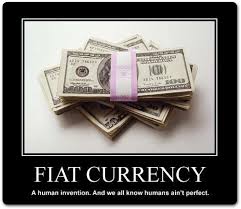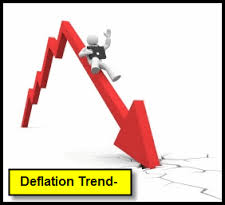Coase Theorem is a concept in law and economics which states that in the absence of transactions cost the level of production of goods and services in a trade in which there are externalities, bargaining between the parties will lead to an efficient outcome regardless of which party is ultimately awarded the property rights. An externality is the cost or benefit of an economic activity that is experienced by unrelated third parties. An externality can be either positive or negative. A very common example of negative externality is pollution emitted by a factory that harms the environment and the health of nearby residents. It was proposed by Nobel Prize laureate Ronald Coase in his 1960 paper “The Problem of Social Cost”.
Coase theorem helps in explaining the unprecedented cost advantage online firms will have in the digital marketplace over the traditional firms. The Coase Theorem can be explained through an example. Suppose a firm establishes a manufacturing unit near a river and instead of paying for waste removal, the firm dumps the waste into the river. As a result of this, the livelihood of fisherman will be adversely affected because the wastes will kill many of the river’s fish. In this case, the cheapest solution for the firm to eliminate water pollution will be to buy pollution control equipment and let’s say it costs Rs.5,000 per year. Water Pollution is a negative externality since the pollution negatively affects the livelihood of the fishermen.
Assume that a judge allows the firm to continue dumping , which lowers the fishermen’s profits by Rs.10,000 per year. Assume further that the firm will allow fishing in the lake as long as the fishing doesn’t affect the firm’s profits.In this case, the fishermen must decide what they want to do. The firm will continue to dump their waste in the lake. If the fishermen remain in the fishing market, they must decide whether it is better to continue losing Rs. 10,000per year or whether it is better to buy pollution control equipment themselves . Therefore, the fishermen will end up purchasing the pollution control equipment.Suppose instead that the judge actually granted the fishermen with the property rights to the lake. Assuming that the firm decides to remain in the market, they are faced with a choice between paying for pollution control of Rs. 5,000 per year and compensating the fishermen at Rs. 10,000 per year. Therefore, the firm will end up purchasing the pollution control equipment.Therefore, the allocation of property rights determines who is responsible for purchasing the pollution control equipment, the firm or the fishermen.



7 Comments. Leave new
Good effort!
Creation of market for externalities is what the theorem suggests. No market means inefficient results and vice versa. For this reason, firms now calculate their carbon footprint and pay taxes accordingly. Good efforts 🙂
Good knowledge..!
Nice article
unparalleled work!
Good effort!!
Well explained